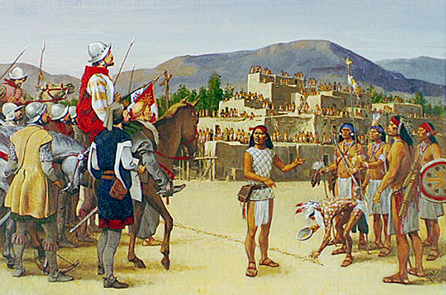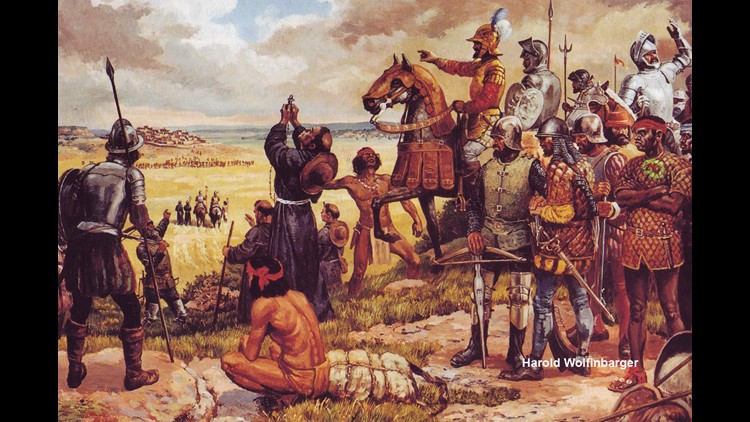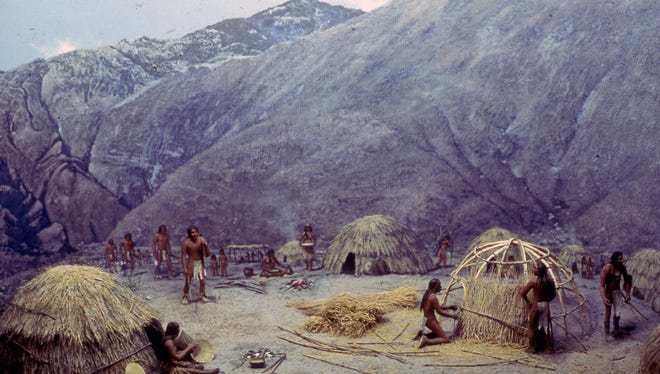Imagine walking through the beautiful Temecula Valley, a place steeped in history that dates back to 1797 when Spanish expeditions first visited an Indian village in the area. Over the years, the valley has undergone significant changes, including coming under the control of Mission San Luis Rey, the establishment of the Emigrant Trail as the southern route into California, and the secularization of the California missions. Pio Pico, the administrator of Mission San Luis Rey, claimed ownership of lands in the Temecula Valley, leading to protests from the Temecula Indians. The valley’s history includes events like the Temecula Massacre in retaliation for the death of Californios and the rejection of the Treaty of Temecula. The establishment of the Temecula Post Office, the evictions of the Temecula Indians from Little Temecula Rancho, and the creation of the Pechanga Indian Reservation all shaped the valley’s story. The completion of the California Southern Railroad line and Helen Hunt Jackson’s visit to Temecula also left their mark. It’s a fascinating journey through time, and this article provides a chronological account of Temecula’s rich history from 1797 to 1993. Step back in time and explore the captivating events that have shaped this enchanting valley.

This image is property of www.nps.gov.
Spanish expeditions visit the Indian village at Temecula Canyon
Dating back to 1797
In 1797, Spanish expeditions made their way to the Indian village located at Temecula Canyon, marking the beginning of a rich history for this region. These expeditions were part of the Spanish colonization efforts in California, and their arrival brought momentous changes to the native inhabitants of the area. The expedition’s encounters with the indigenous people laid the foundation for future interactions and influences that would shape the course of Temecula Valley’s history.
Temecula Valley comes under the control of Mission San Luis Rey
In 1821
By 1821, the Temecula Valley fell under the control and influence of Mission San Luis Rey. This transfer of authority brought about significant changes to the region as the mission sought to establish its presence and bring the native population under its influence. Mission San Luis Rey played an instrumental role in the spread of Christianity and Spanish culture, leaving a lasting impact on the valley and its inhabitants.

This image is property of media.tegna-media.com.
Emigrant Trail becomes the established southern route into California
In the 1830s
During the 1830s, the Emigrant Trail emerged as the established southern route into California, and Temecula Valley found itself in the path of emigrants and explorers seeking new opportunities in the west. This influx of pioneers not only brought economic potential but also cultural exchange and diversification to the valley. The Emigrant Trail became a lifeline, connecting Temecula Valley to the outside world and ushering in a new era of growth and development.
Governor Jose Figueroa issues a proclamation secularizing the California missions
In 1834
In 1834, Governor Jose Figueroa issued a proclamation that marked a significant turning point in California’s history. This proclamation aimed to secularize the California missions, including Mission San Luis Rey, by stripping them of their religious and economic power and transitioning their lands into secular hands. The secularization had far-reaching implications for the missions and the region, altering the socio-political landscape and setting the stage for new ownership and control.
This image is property of temeculaca.gov.
Pio Pico becomes administrator of Mission San Luis Rey
In 1835 Claims ownership of lands in Temecula Valley
In 1835, Pio Pico assumed the position of administrator of Mission San Luis Rey, thereby gaining significant influence over the mission lands, including the Temecula Valley. Pico, a prominent Californio, began asserting his ownership claims over vast stretches of land, including the lands in Temecula Valley. This set the stage for a complex and contentious relationship between Pico, the native inhabitants, and incoming settlers, as conflicts over land ownership escalated in the region.
Rancho Temecula is granted to Pio Pico
In 1840 Protests from the Temecula Indians
In 1840, Pio Pico was granted the Rancho Temecula, which encompassed the lands of the Temecula Valley. However, this decision was met with protests and opposition from the Temecula Indians, who disputed Pico’s claim and fought to protect their ancestral lands. The clash between indigenous rights and colonizers’ interests became a recurring theme in Temecula Valley’s history, as the native population struggled to maintain their way of life amidst encroachment and displacement.

This image is property of www.desertsun.com.
Mexican War begins
In 1846 U.S. General Stephen Watts Kearny defeated at the Battle of San Pasqual
The Mexican War commenced in 1846, and Temecula Valley became embroiled in the conflict. U.S. General Stephen Watts Kearny led a battalion into the region, aiming to assert American control over the territory. However, at the Battle of San Pasqual, Kearny faced defeat at the hands of Californios, marking a significant setback for the U.S. forces. This event had implications for the future direction of the region and its involvement in the ongoing conflict.
Temecula Massacre occurs
In 1847 Retaliation for the death of Californios
In 1847, the Temecula Massacre took place as a brutal act of retaliation for the death of Californios during the Mexican War. This tragic event led to the loss of innocent lives and fueled further conflicts between different factions within the region. The Temecula Massacre represented a dark chapter in Temecula Valley’s history, highlighting the deep-rooted tensions and violence that plagued the area during this turbulent period.
Treaty of Temecula is signed
In 1852 Rejected by the U.S. Senate
In 1852, the Treaty of Temecula was signed in an attempt to bring peace and resolve the ongoing disputes between the U.S. government and Californios regarding land ownership and control. However, despite the signing of the treaty, the U.S. Senate rejected its terms, leaving the region in a state of continued uncertainty and unresolved conflicts. This rejection had significant consequences for the future development and stability of Temecula Valley.
Chronology of Temecula history
1797-1993
The history of Temecula spans over two centuries, with significant events and developments shaping the region’s trajectory. From the Spanish expeditions of the late 18th century to the clashes and struggles for control in the 19th century, Temecula Valley experienced profound changes. The arrival of the railroad and the evictions of indigenous populations further reshaped the landscape, bringing both opportunities and challenges. From Helen Hunt Jackson’s visits to the establishment of the Temecula Post Office, the valley continued to evolve and adapt to the changing times. This chronology of Temecula’s history serves as a testament to the resilience and perseverance of the people who called this valley home.
